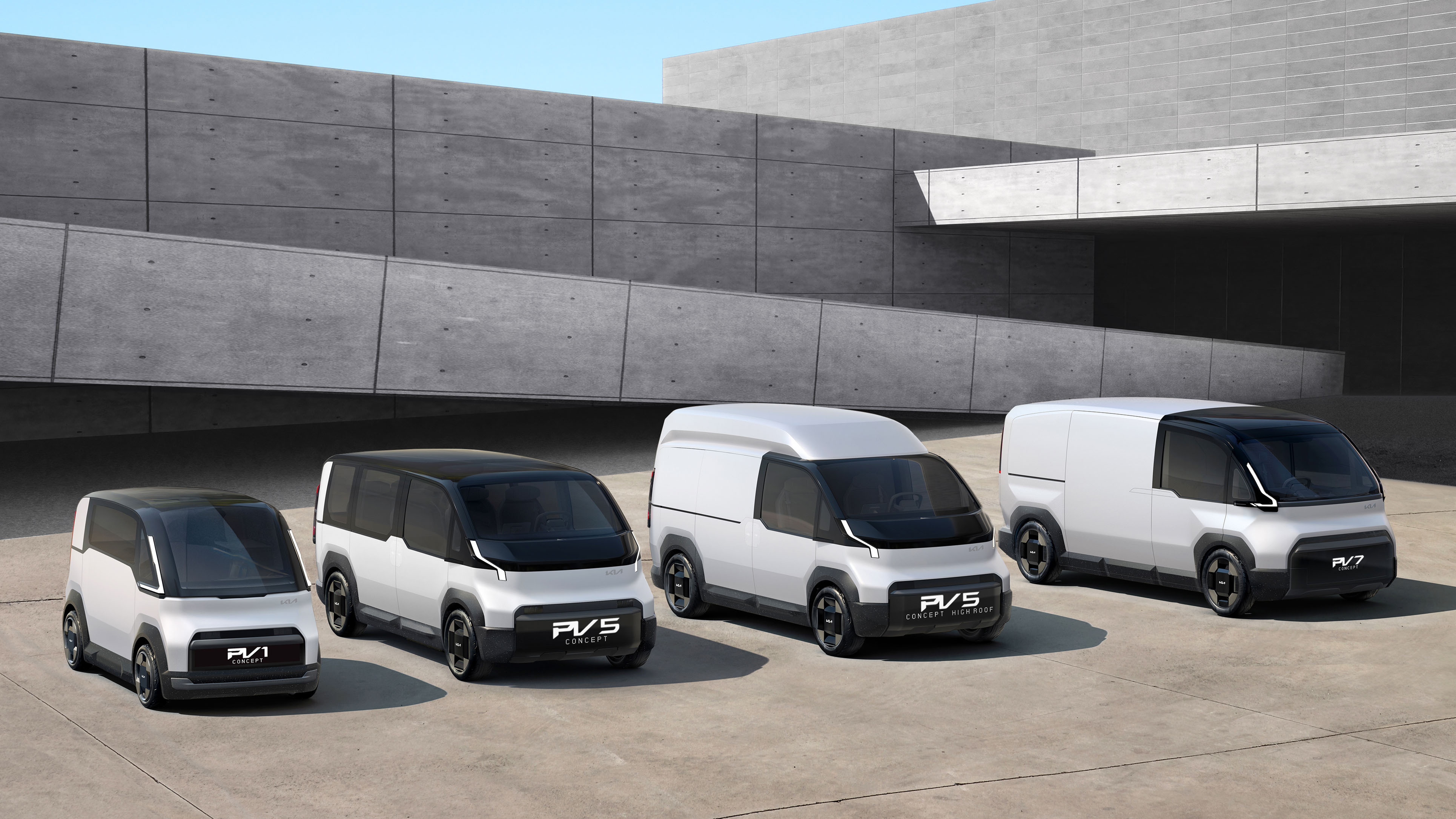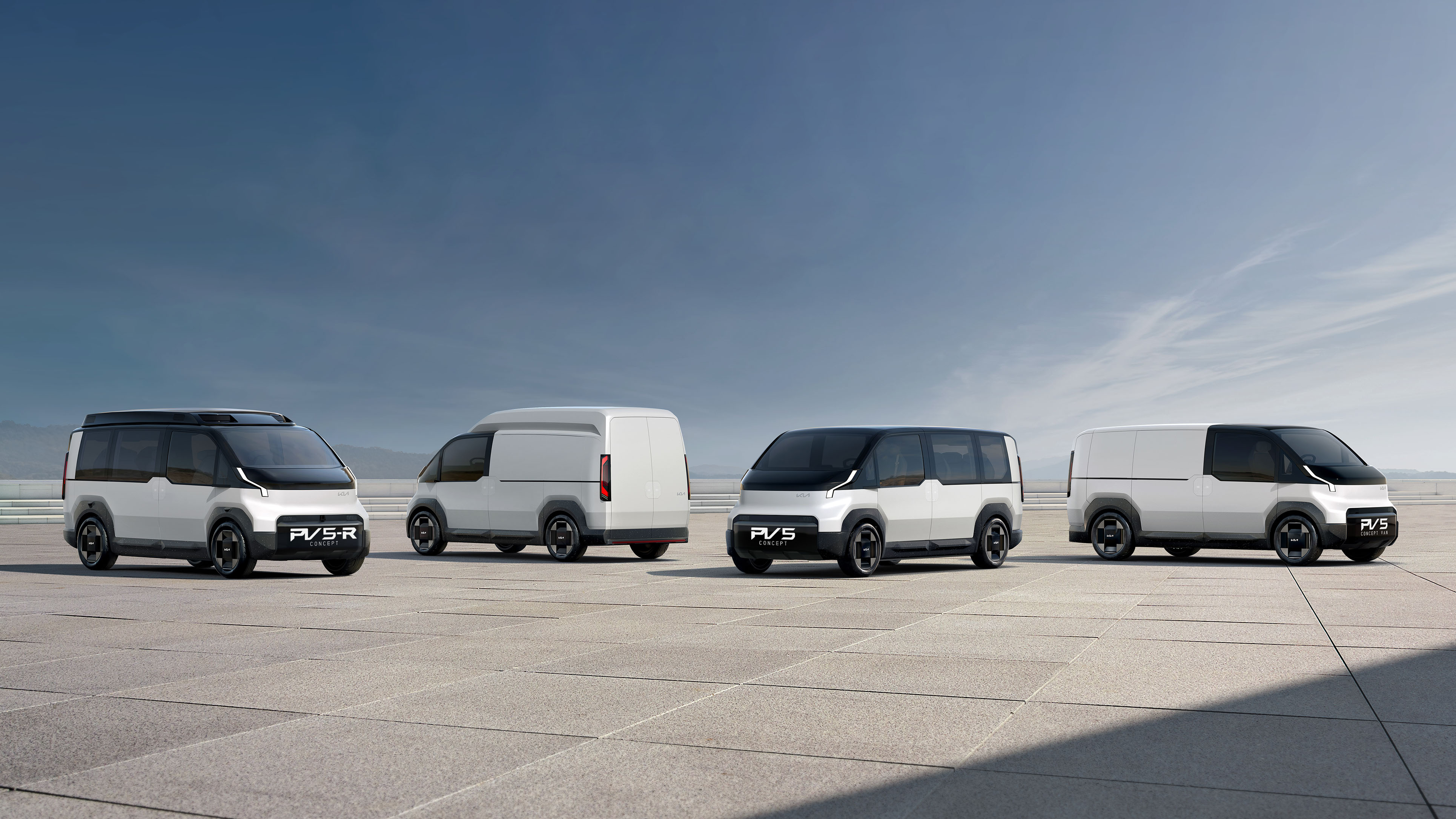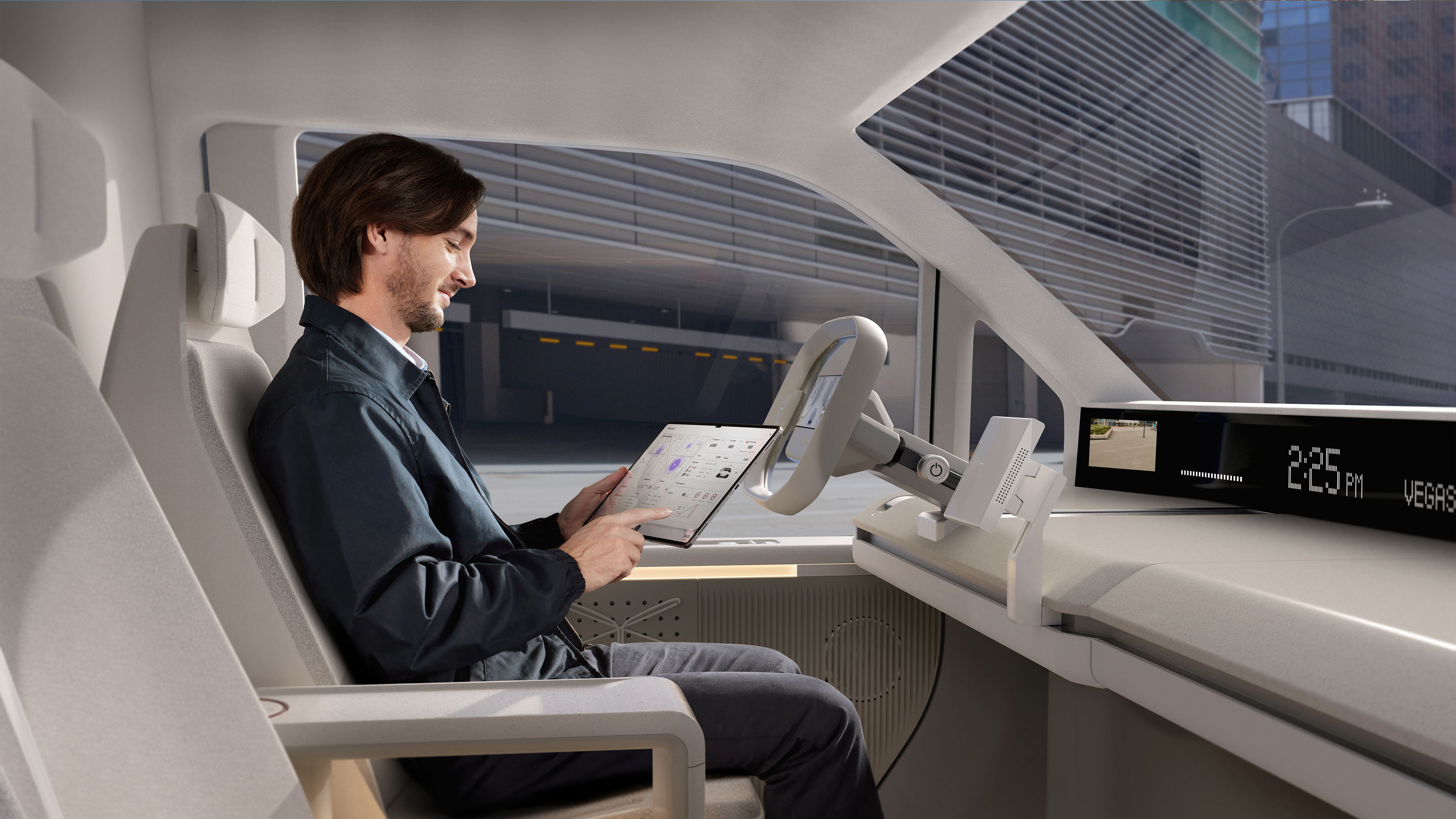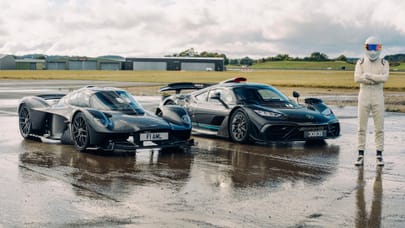
Kia will showcase three new all-electric cars at CES 2024
The heavily tech-focused vehicles will be built upon an all-new platform, dubbed the ‘PBV’, with Kia aiming for a 2025 roll out
Kia is set to showcase three new all-electric cars at the 2024 Consumer Electronics Show (CES) which will look to revolutionise the way personal and B2B mobility works, with production for the lineup set to commence in 2025. The three vehicles, dubbed the concept ‘PV1, ‘PV5’ and ‘PV7’ will range in size and target audience, and feature a radical new platform called the Platform Beyond Vehicle (PBV) - more on that a little later.
The first of the three vehicles, the PV1, is the most agile and diminutive in the range, and will focus on short-distance logistics such as quick stops to drop off those soon-to-be expired flowers to your significant other. It appears to be similarly sized to small city cars like the Toyota IQ, so expect your Saint Bernard to feel right at home.
The second vehicle, the PV5, will be showcased in three various trim levels (Basic, High Roof and Van) at the CES, and will likely be the PBV lineup’s most popular vehicle since it seems to employ similar dimensions to a mid-sized van, such as a Ford Transit Connect.
Finally, we have the PV7, which will be the largest of the three and duly provides the biggest cargo space and the highest driving range. Initial images don’t show it to be much taller than the PV5, but it is slightly longer.
Now we’ve covered the outline of the new vehicles, it’s time to understand just how they will work, and why they could be ‘revolutionary’. And to do that, we’ve got to delve into the new platform.
The PBV will look to offer more versatility and adaptability to various personal and work lifestyles, led by a forward-thinking, customer-centric design which uses Kia’s latest autonomous driving, advanced air mobility and robotics technologies. The platform will also make use of a revamped interior layout which opens up more space thanks to efficient packaging.
To springboard the PBV, Kia will roll out the three aforementioned vehicles across three distinct ‘phases’.
Phase one will see Kia launch the PV5. It will utilise a new data connectivity system which will ‘enhance’ the bridge between the consumer, driver, provider and vehicle itself, with the aim being to improve the way data such as driver route or delivery timings are communicated. This should make it easier for us to complain about unreasonably late UberEats orders.
Kia will then release the PV1 and PV7 models as part of its second phase, and aims for said vehicles to be completely AI-based. Kia says this phase could then see the emergence of new businesses linked with robotics and other future technologies, like flying cars which deliver soon-to-be expired flowers right to your door step.
Finally, phase three will see the development and eventual integration of an entire mobility ‘ecosystem’, where Kia’s PBV vehicles will essentially interlink with one another to form part of an operational smart city using local energy grids. Yep, this is proper Marty McFly territory now - we wonder how large the brain of the person who came up with this is, or just as likely, how much tequila they had consumed before dreaming it up.
Top Gear
Newsletter
Thank you for subscribing to our newsletter. Look out for your regular round-up of news, reviews and offers in your inbox.
Get all the latest news, reviews and exclusives, direct to your inbox.
Other notable characteristics of these PBVs include the use of ‘Easy Swap’ technology, which means a single vehicle’s chassis can be repurposed throughout the course of an entire 24-hour period. During the day, for instance, it can be used as a minicab, while a quick battery swap in the evening could turn it into an overnight delivery vehicle. Or perhaps it could just go rogue, and we’d have an army of autonomous vehicles to go to war against.
Speaking on the platform, Karim Habib, executive vice president and head of Kia Global Design, said: “Untethered to any fixed place, and unbounded by the traditional restrictions of space, Kia PBVs offer users a blank canvas to reimagine their lifestyles and work styles.”
To bring these vehicles and corresponding PBV platform to life, Kia will create a dedicated ‘EVO plant’ factory in ‘Autoland’ Hwaseong, Korea, which it says will be operational in 2025. News on a UK roll out will be finalised in due course.
Kia says it will then be able to create around 150,000 vehicles per year at the factory, which means Will Smith may just need to reprise his role as humanity’s saviour in iRobot sooner rather than later… for real this time, though. And against a horde of mechanical sword and shield-wielding vehicles, as opposed to 200 IQ humanoid robots.
Trending this week
- Long Term Review
Life with a 500bhp BMW 550e: do you really need an M5?










